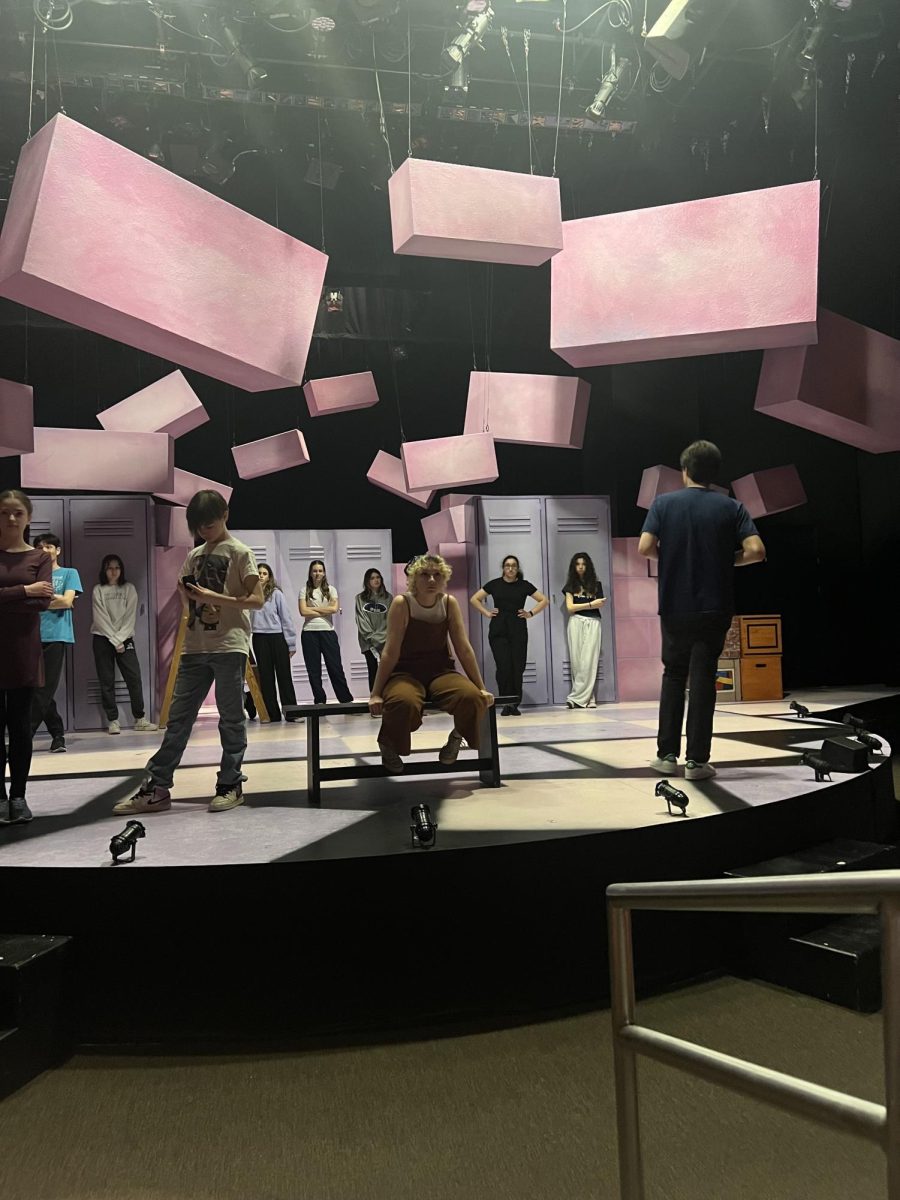Pro

March 29, 2022
Each morning I wake up, brush my teeth, wash my face and then have to make the decision of what to wear to school that day. While it seems like an easy choice, it can quickly grow overwhelming as I consider each option. Should I wear sweatpants and feel more comfortable? Should I wear jeans and look more put together? While the 15 minutes I spend each day choosing what to wear doesn’t seem like much, the time adds up.
This is just my experience, but in general, school uniforms allow students to focus on their education rather than their clothing. In a world where trends and social media are prevalent, it is easy for students to get caught up in what they are wearing rather than solely focusing on their education at school.
The National Association for Secondary School Principals stated, “When all students are wearing the same outfit, they are less concerned about how they look and how they fit in with their peers; thus, they can concentrate on their schoolwork.” This is further supported by a study through The University of Houston that revealed, “elementary school girls’ language test scores increased by about 3 percentile points after uniforms were implemented.”
Additionally, school uniforms are more inclusive to students who can’t afford all the latest trends. I have heard many of my friends’ say phrases like “oh, I wish I had what she had” or “she always has the best clothes.” Having a school uniform can help reduce jealousy among students, which will lead to a more inclusive and supportive learning environment.
Furthering this idea of inclusivity, one of CESJDS’s core values is kehillah, meaning community. Uniforms would reinforce this idea of community, as wearing them provides a sense of unity and belonging. According to a study conducted by Linda Abel Fosseen, 1,000 Texas middle school students reported that wearing a school uniform gave them “significantly more positive perceptions of belonging in their school community than reported by students in the standard dress group.”
While some may think that students lose their right to freedom of expression in uniforms, I argue that students can still express themselves in uniforms through accessories, hairstyles, etc. Additionally, clothing is not the only way students can express themselves during class times; there are many other mediums including art, writing and music.
Finally, the implementation of uniforms can help get rid of pre-existing issues with both the dress code and security. The usage of uniforms would make the dress code easier to enforce, which would lead to less controversy amongst students and faculty. Additionally, many students are not fans of the school ID badges that are used to identify if they go to JDS. Uniforms make it clear who attends JDS, which may lead to getting rid of student ID badges.
I get it. We teens don’t like being told what to do. And at JDS, we don’t even like being told to wear ID badges. But think of uniforms as lessening our to-do list – one less thing to worry about each day.
All in all, school uniforms foster inclusion and unity and push students to focus more on their education. I highly suggest that JDS considers the implementation of school uniforms.









